Planting Site Basics
Planting Site: Kaffrine
Country: Senegal
Forest Type: Agroforest
Site Status: Active
Planting Partner: Trees for the Future
Where Are We Planting?
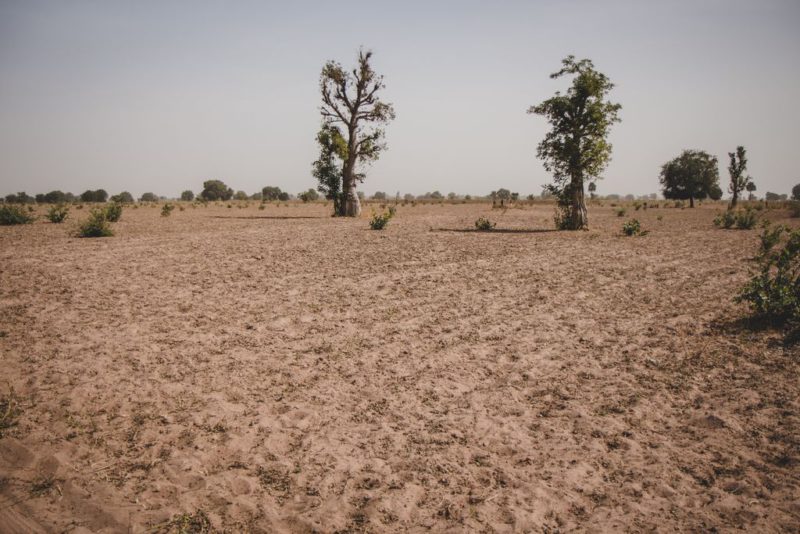
Senegal lies in West Africa in a transition zone between the northern Sahara desert and southern tropical savanna. Kaffrine is a rural town that’s experiencing land degradation and desertification as the Sahara encroaches on what used to be a thriving Sahelian forest ecosystem. The area is hot and dry with little rainfall — they can get as little as 200mm per year. The dry season in the winter is long, between 6-8 months, and is characterized by hot dry winds that blow in from the north, bringing sand and dust from the Sahara.
What Trees Are We Planting?
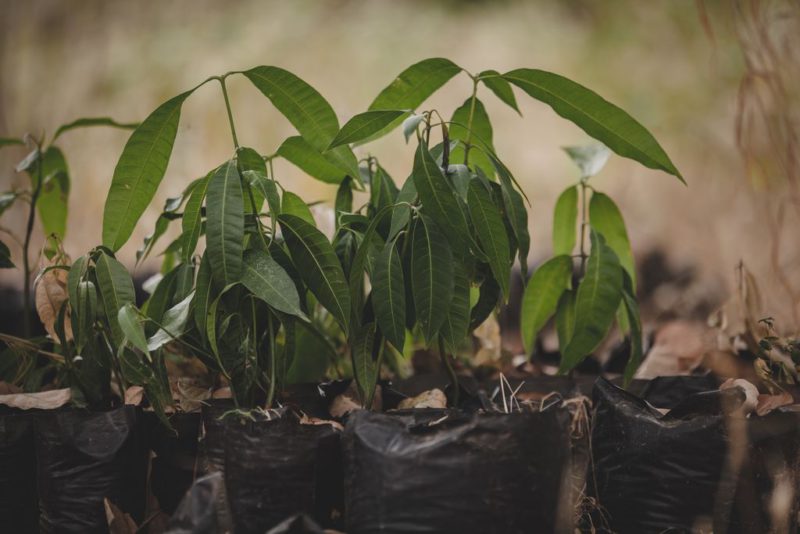
Unlike most of the trees we plant, the trees we plant in Senegal make up a forest garden system. Forest gardens are a form of sustainable agriculture that mimics natural woodland ecosystems, with diverse plants that benefit each other, wildlife and humans in their growth and cultivation. When planting forest gardens it’s critical to choose multipurpose trees that are intentionally cultivated and managed to provide more than one product or function.
For example, Leucaena is a species of fast-growing leguminous tree we plant in Senegal that has many uses. “Leguminous” means that this tree fixes nitrogen in the soil — a fancy way to say “fertilizing” — through special nodules on its roots. If planted in a windbreak, this tree can reduce wind and soil dryness. Depending on the slope on which it’s planted, it may also serve to control erosion as its roots hold onto the soils.
During low-wind seasons, this same tree can be coppiced (cut back to ground level periodically to stimulate growth) for fuelwood and fodder, and the leaves and stems can be used as a mulch or mixed into the soil to increase fertility and moisture retention. Plus the tree can provide shade for farmers, and plants that can’t handle full sun can thrive under its canopy.

We also plant JuJube and Mango trees, which produce fruits that can be eaten or sold. Acacias round out the planting diversity as a resilient species native to the region that’s adapted to cope with harsh weather. Acacias have evolved thorns to conserve water by protecting themselves from animal browsing, which also makes them an excellent species for living fences that enclose the forest gardens.
Why Plant Agroforests In Senegal?
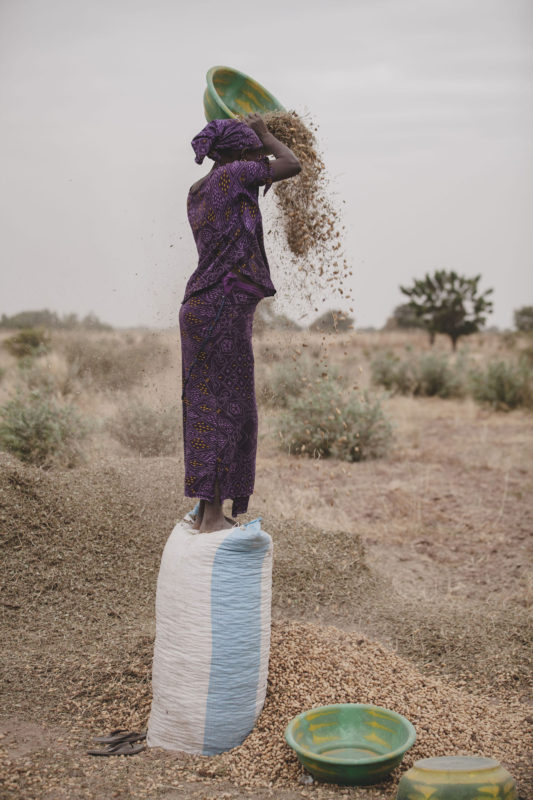
Rural farmers around the town of Kaffrine have experienced increasing land degradation and desertification. The desertification is further worsened by unsustainable land use and over-harvesting. The few trees that dot the horizon are all that remain of a once thriving Sahelian forest ecosystem. The last of the mature indigenous fruit trees are slowly dying, and it’s rare to find young baobab, tamarind, or bush mango saplings.
In this degraded region, most of the population relies on agriculture as their primary, and often only, source of income. Families often plant a monocrop of peanuts every year, hoping the harvest will provide enough income to last. This one annual payday makes farming a high-stakes vocation. Any natural disaster or crop disease can wipe out an entire livelihood. And planting a single crop degrades the soils after several harvests, which takes years to revitalize.
Local forests are harvested for wood fuel and fencing, and animals have overgrazed the land, which stops trees and shrubs from regenerating. During the dry season, wind harms the exposed soil, and the annual burning of field crop residue inhibits the return of nutrients to the sandy, mineral-drained topsoil. In the Wolof language, villagers often use the term “dead soils” to describe the dire state of soil degradation. Crop productions, therefore, rarely meet family needs, contributing to a poverty level in the Kaffrine region of 63.8%.

The reforestation projects in Senegal are unique. The aim is to create ‘forest gardens’ on previously farmed land that has become infertile. Farmers plant large living fences around plots that usually measure around 1 hectare. They then fill the interior with a variety of vegetables and fruit trees. These forest gardens vary from location to location, but each one’s purpose is to offer the farmers an alternative to subsistence farming by making sure they have a stable income from seasonal fruits and vegetables. Each species planted is planned out meticulously with the end goal of providing reliable, diverse crops that can be harvested every month of the year for steady, varied diets and extra produce that can be sold at local markets.
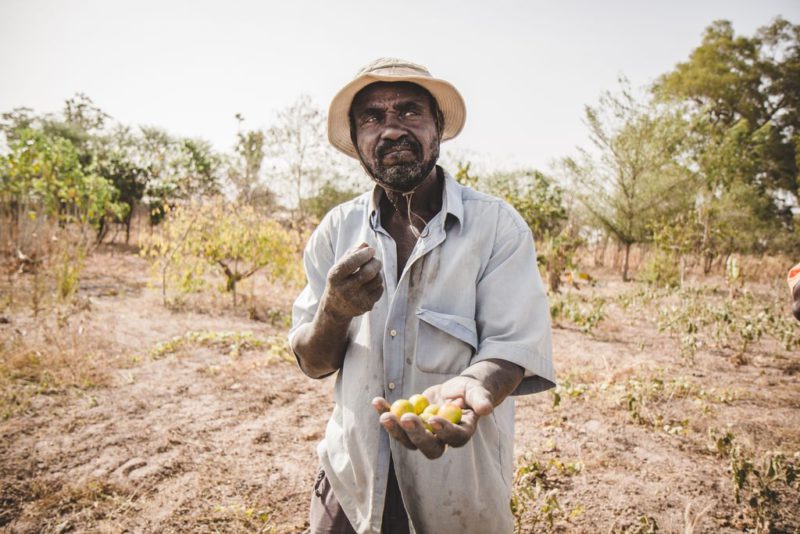
Who’s Planting With Us?
The forest garden model was created by Trees for the Future (our non-profit planting partner). The program heavily focuses on integrating farmers into the planting process at every step. Farmers learn forest garden planning, nursery establishment, planting design, and maintenance. As the crops grow, they’re also trained on sustainable harvesting methods and topics like pruning, grafting, and seed storage.
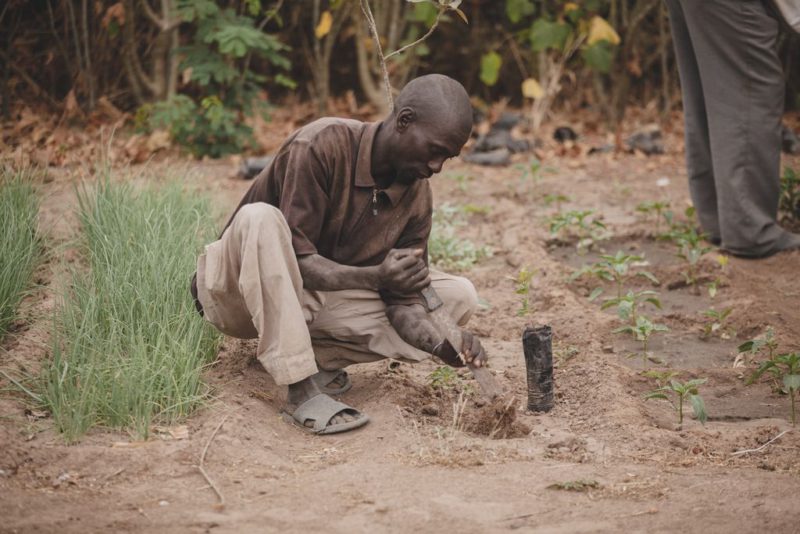
By educating small-plot farmers to practice agroforestry, we’re teaching communities how to create sustainable living conditions while restoring the earth. The Forest Garden Approach is an agroforestry method grounded in bringing nutrients, moisture, and fertility back to the soil. It transforms ravaged, desert-like fields into self-sustaining, productive farms—permanently. It’s proven to increase household income by helping put food in the hands of farmers every day and making it possible for children to get out of the fields and into the classroom.
What’s The Impact?
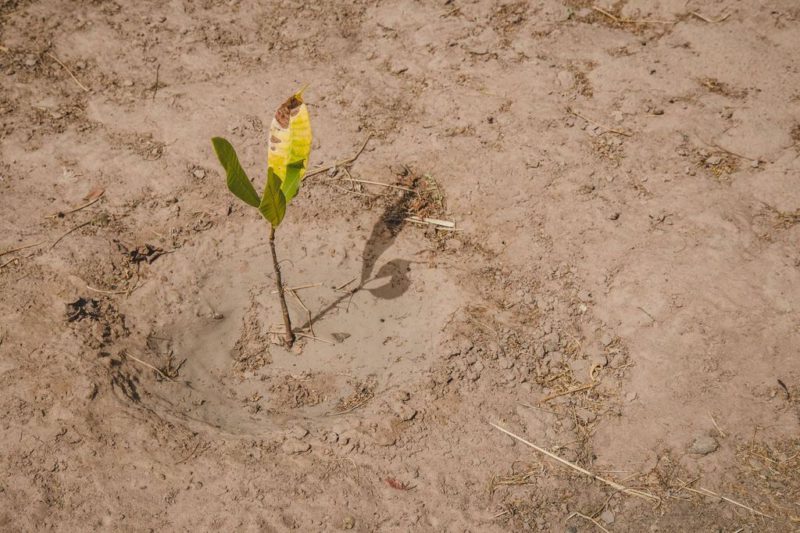
Environmental:
- Provide stability to the land and protect against erosion and desertification.
- Regenerate soils and restore fertility.
- Provide sustaining work for locals to prevent further deforestation and degradation.
- Recharge groundwater tables.
- Sequester carbon to help combat climate change.
- 145 metric tons/acre over a 20 year period, above ground and below ground.
- Helping landscapes adapt to climate change.
- Roots and healthy soils can store water to release to the vegetation when conditions are dry, and help prevent flooding during heavy rain.
- Trees provide shade and create microclimates to cool the area.
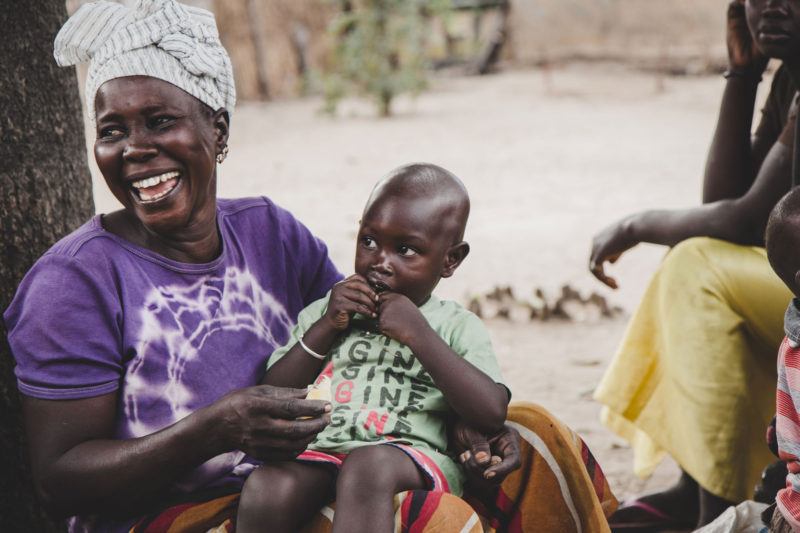
Social:
- Provide income to those who previously would have had little or no income.
- Trees for the Future projects have been shown to increase incomes by 400%.
- Provide food security to families through dependable diverse diets.
- After 1 year in the program over 85% of families are food secure.
- Empower the local community in the restoration of their land.
- Empower women and reduce inequalities.
- All Trees for the Future sites must include 30% women participants. Many sites have over 50%.
- Educate rural communities.
- Productive farms means children can spend less time in the fields and more time in the classroom. More income means families can afford school fees.
- This program brings much needed training, tools and resources to educate adults on sustainable agriculture.
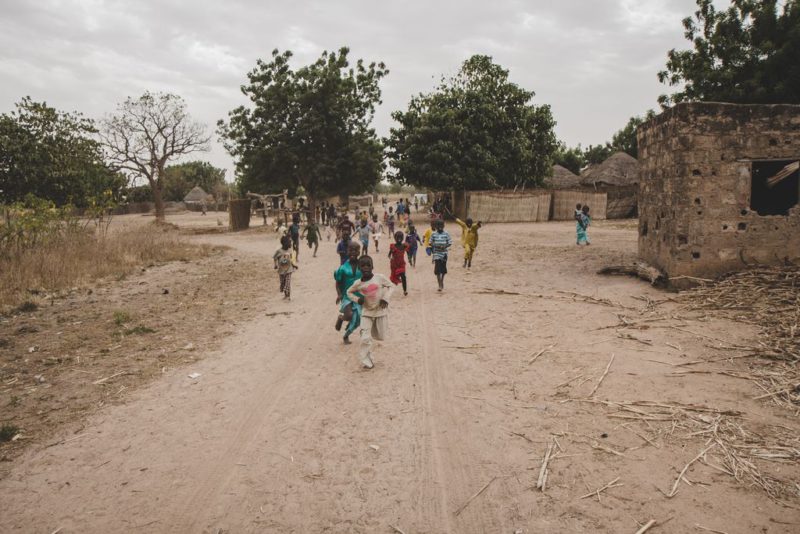
Related UN Sustainable Development Goals (SDGs)
The UN’s Sustainable Development Goals (SDGs) are a collection of 17 interlinked global goals that are a “blueprint to achieve a better and more sustainable future for all.”
Here are the SDGs that we’re addressing in our Senegal site:
#1 No Poverty: End poverty in all its forms everywhere.
#2 Zero Hunger: End hunger, achieve food security and improved nutrition, and promote sustainable agriculture.
#3 Good Health and Well-being: Ensure healthy lives and promote well-being for all at all ages.
#4 Quality Education: Ensure inclusive and equitable quality education and promote lifelong learning opportunities for all.
#5 Gender Equality: Achieve gender equality and empower all women and girls.
#6 Clean Water and Sanitation: Ensure availability and sustainable management of water and sanitation for all.
#8 Decent Work and Economic Growth: Promote sustained, inclusive and sustainable economic growth, full and productive employment and decent work for all.
#12 Responsible Consumption and Production: Ensure sustainable consumption and production patterns.
#13 Climate Action: Take urgent action to combat climate change and its impacts by regulating emissions and promoting developments in renewable energy.
#15 Life on Land: Protect, restore and promote sustainable use of terrestrial ecosystems, sustainably manage forests, combat desertification, and halt and reverse land degradation and halt biodiversity loss.
Want to see where your trees are planted? Register your trees now.

